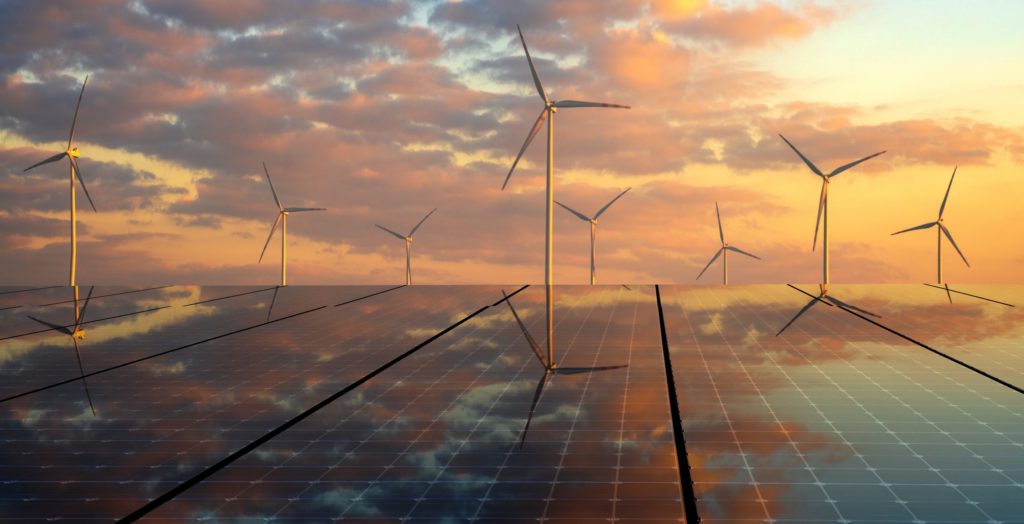Electric vehicles don’t need gas, but the costs are racking up
Americans fretting over gas prices could soon be in for relief. OPEC+ — a cartel of countries that controls some 80 per cent of proven oil reserves — last week hiked global production by an extra 400,000 barrels a day. Over a year, that’s enough to fill a large football stadium 53 times over. The result of boosting production? A drop in oil price. And when prices drop, if gas prices follow, consumers are happy.
There is an alternative to relying on Saudi Arabia’s generosity: Going electric. When compared with gas guzzlers, electric vehicles (EVs) need less energy to move, which means more miles travelled per dollar spent. Electricity is also cheaper than gas, which delivers further savings. Hence, the White House’s penchant for all things electric. In a recent interview, Transportation Secretary Pete Buttigieg stressed that families who buy EVs would, “never have to worry about gas prices again.”
Perhaps. The ebb and flow of global oil production — and the ensuing impact on gas prices — admittedly matters little to EV users. Why should it? Foregoing gasoline affords the luxury of being unfazed by gasoline prices. In this regard, the Secretary isn’t wrong to tout EVs’ savings advantage. But his laser sharp focus on one type of saving should also be called out for what it truly is: a fiscal shell game that conveniently embraces one set of truths, while downplaying others.
Let’s start with the cost of EVs. The upfront cost of foregoing gasoline isn’t cheap. The composition of batteries used by EVs, composed of the likes of cobalt, lithium, and manganese, largely explain why. These raw materials are pricey and the processes involved in their production, arduous. EV batteries also require sophisticated sensors and software to work, a layer of complexity that adds even more cost. The result? Sticker prices that are consistently heftier than gas guzzlers.
Costs will fall. When it comes to making things, the ‘practice makes perfect’ adage is holds. The first generation of cell phones, released in 1983, cost $3,995, over ten times more when adjusted for inflation than what consumers pay for far more powerful devices today. Why wouldn’t EV batteries follow suit?
Battery costs have fallen. By one estimate, they cost 89 per cent less today than they did a decade ago. But they still cost more than what’s needed to match a gas-powered engine. One reason why is that the cost of producing a battery (or device for that matter) cannot be less than its components. If they did, manufacturers would be in the red. Moreover, a drop in battery costs doesn’t necessarily make EVs cheaper.
Between 2012 and 2020, the average starting price of an EV rose by nearly 50 per cent despite the fact that during the same time period, the cost of producing batteries fell by 80 per cent. Confusing as this may seem, it’s unsurprising. An upward tick in prices reflects — in large measure — consumer demand for features that increase comfort, convenience, and safety; things like heated seats, touchscreen displays, and rear-facing cameras. In such cases, the savings that come with lower battery costs are offset by the costs associated with adding other features. Although this issue isn’t limited just to electric vehicles, it does threaten the idea that electric vehicle prices will naturally follow the battery cost curve leading to mass adoption.
And even if prices did fall, problems would persist.
No matter where you live in America, topping off your tank is easy. From coast to coast there are some 150,000 gas stations spread far and wide. Electric charging stations — needed to top off EVs — not so much. Moreover, existing charging stations are unevenly distributed. California has nearly the same amount of charging stations as the 39 states with the lowest number combined.
The purported solution is a nationwide network of chargers. Biden’s infrastructure bill provides $7.5bn for make charging stations as ubiquitous as gas stations. But none of those chargers can — or will — match the efficiency of topping off at a regular pump. The former can take hours, the latter, mere minutes. Which means most Americans will still need to do the bulk of EV charging at home. The problem? Not all car owners have driveways (or garages), and those that do either have other plans for that space or have more cars than space. Put another way, for most Americans, topping of an EV while sitting on the couch is an unlikely prospect at best.
It’s just as well that EV owners need not worry about gas prices because the costs, whether it’s a charging station at home, the interest on an expensive lease or the lost time at a charger, will still be substantial.









